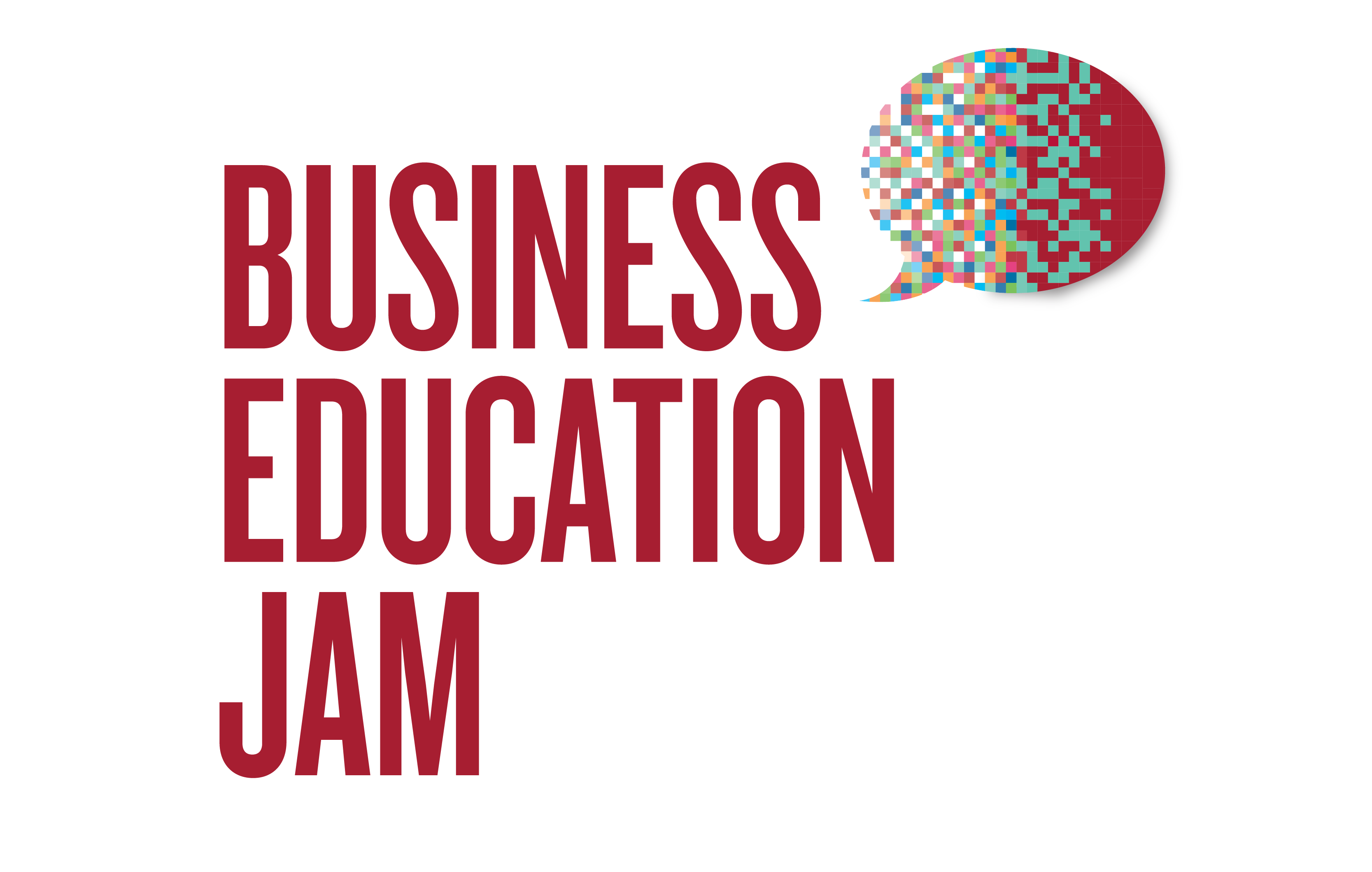The recent shuttering of full-time MBA programmes by several colleges in the USA may have made headlines for all the wrong reasons, but this learning format trend is not indicative of the popularity of business education.
Today’s business schools face a plethora of issues ranging from rising tuition and digital alternatives, to questions of value. Deputy Dean of the SMU Lee Kong Chian School of Business (LKCSB) and Professor of Strategic Management, Rick Smith, in his new book, Rethinking the Business Models of Business Schools, stresses that in this race for survival, business schools need to turn the lens on themselves and innovate to remain relevant.
Having spent most of his career in the corporate sector as a consultant, Rick reveals ways that LKCSB has tapped on its strengths to keep ahead of the curve:
- Ability to self-evaluate
Business school are incredibly adept at forming case studies on corporations for their curriculum. But Professor Smith points out that it is time for them to delve deep into their own practices, not just that of the industry. Business schools must take stock of their strengths and determine how to bring them to life—especially in post-graduate programmes.“Each business school needs to re-evaluate their market position and competitive differentiation based on reputation, location, and programmes,” says Professor Smith. “While the elite schools will always have ample demand and command a price advantage, the others must develop a strategy and a portfolio of programmes more thoughtfully.” - Focus on strengths
According to the former managing director in management consulting at Accenture, business schools can no longer offer run-of-the-mill MBA programmes and expect to be competitive.He adds: “We see MBA programmes with additional emphasis in specialised areas as well as more specialised degree programmes targeted in career directions.”One of the strengths of LKCSB is in finance, which is reflected by Singapore’s thriving financial services industry. The breadth and depth of the finance suite of programmes offered by LKCSB shows a progressive stance with application-based learning combined with exposure in renowned partner schools within the region. - Build a dynamic learning environment
While higher learning institutions may face a threat from online learning platforms, most of Asia is still operating in a classroom learning format, explains Professor Smith. SMU leverages on its ability to craft a holistic learning experience on campus with its relationship-based approach. The school believes in establishing effective relationships as an important factor in encouraging active learning.“Moreover, the mix of diverse cultures from around the region really come to life on campus—creating a vibrant learning and social environment,” says Professor Smith.The LKCSB student experience stands out due to its Asian orientation, diversity and interactive learning. This translates into a programme designed to groom future global business leaders in the heart of the melting pot of cultures that is Singapore. - Size matters
While bigger is usually better, when it comes to education, its smaller size allows SMU to be uniquely focused on business and management education.“What some people don’t realise is that many of the elite schools take more than 1,000 MBA students each year – they are run a bit more like a factory (imagine 12 seminar rooms down a hallway filled with 80 MBA students all being taught the same subject) that is hyper-competitive,” explains Professor Smith.“We are fortunate as our smaller size creates a close-knit environment, we know our students by name and work with them to create a transformative educational experience right in the heart of Singapore. We are quite proud of what we do—and continue to work harder to make it better each year.”
Ready to be part of Business Jam: Southeast Asia 2018 on 28 August? Sign up here and follow SMU on Facebook for the latest news and live event updates.

